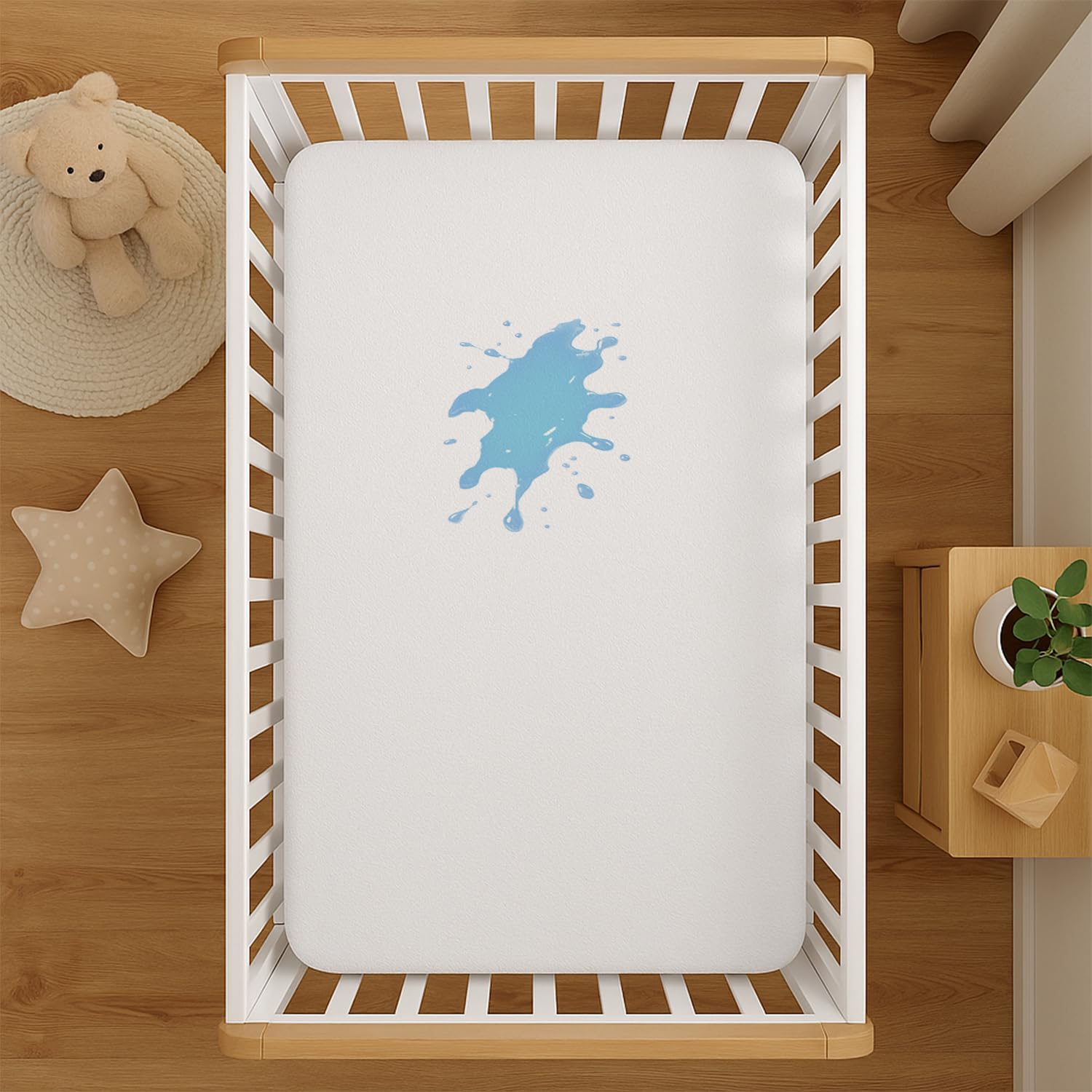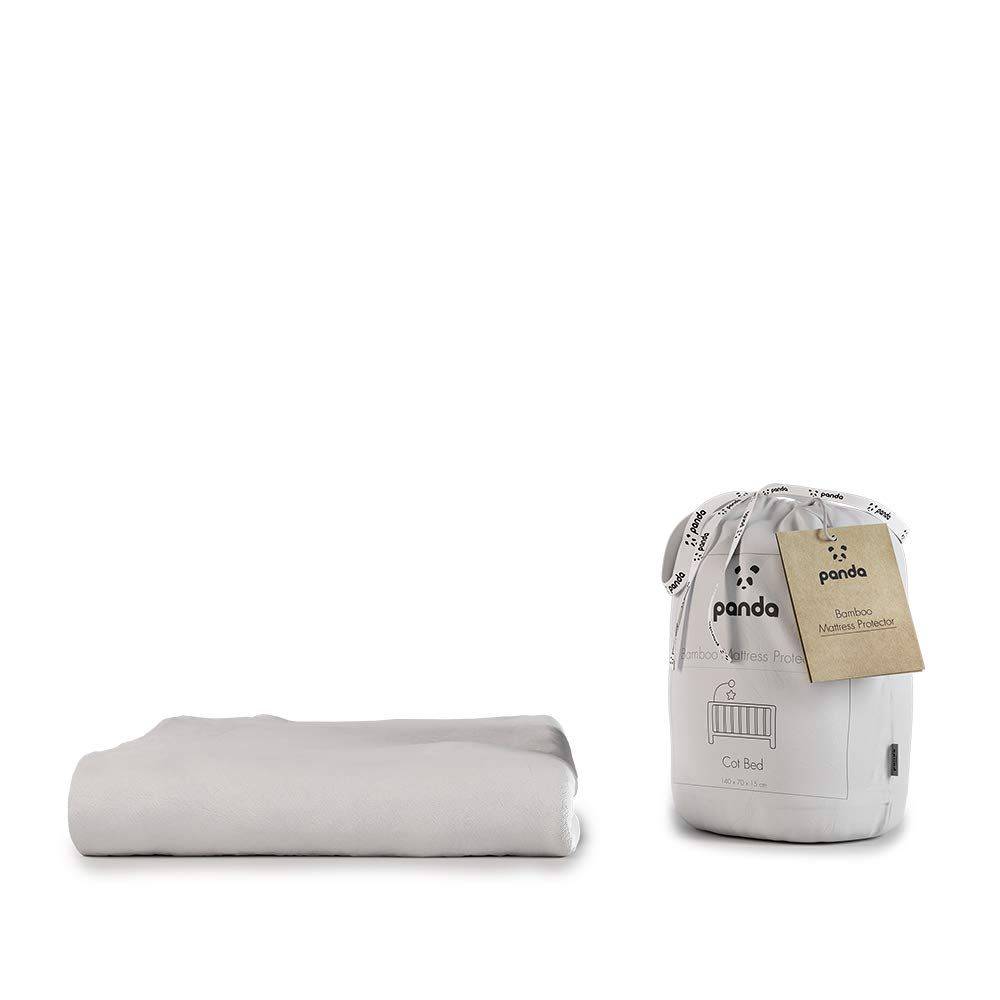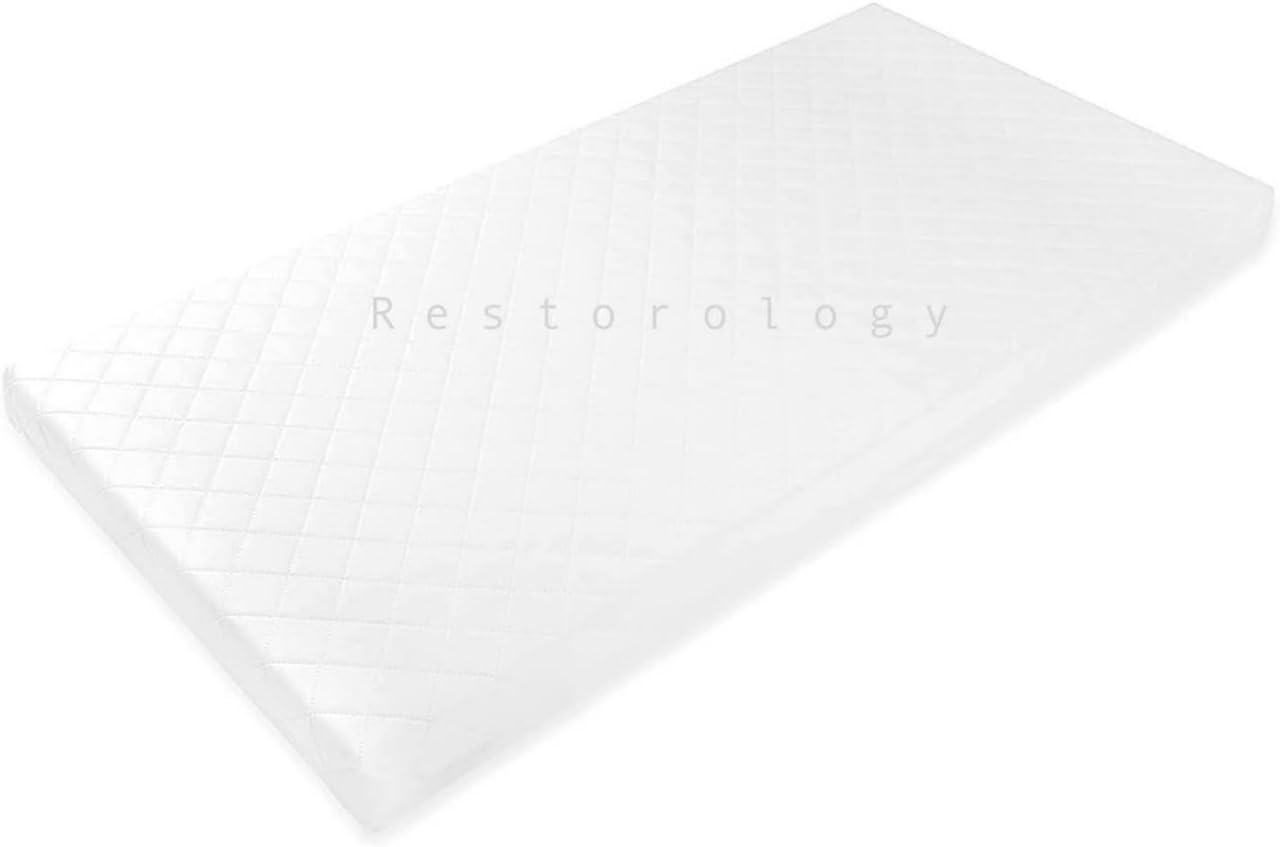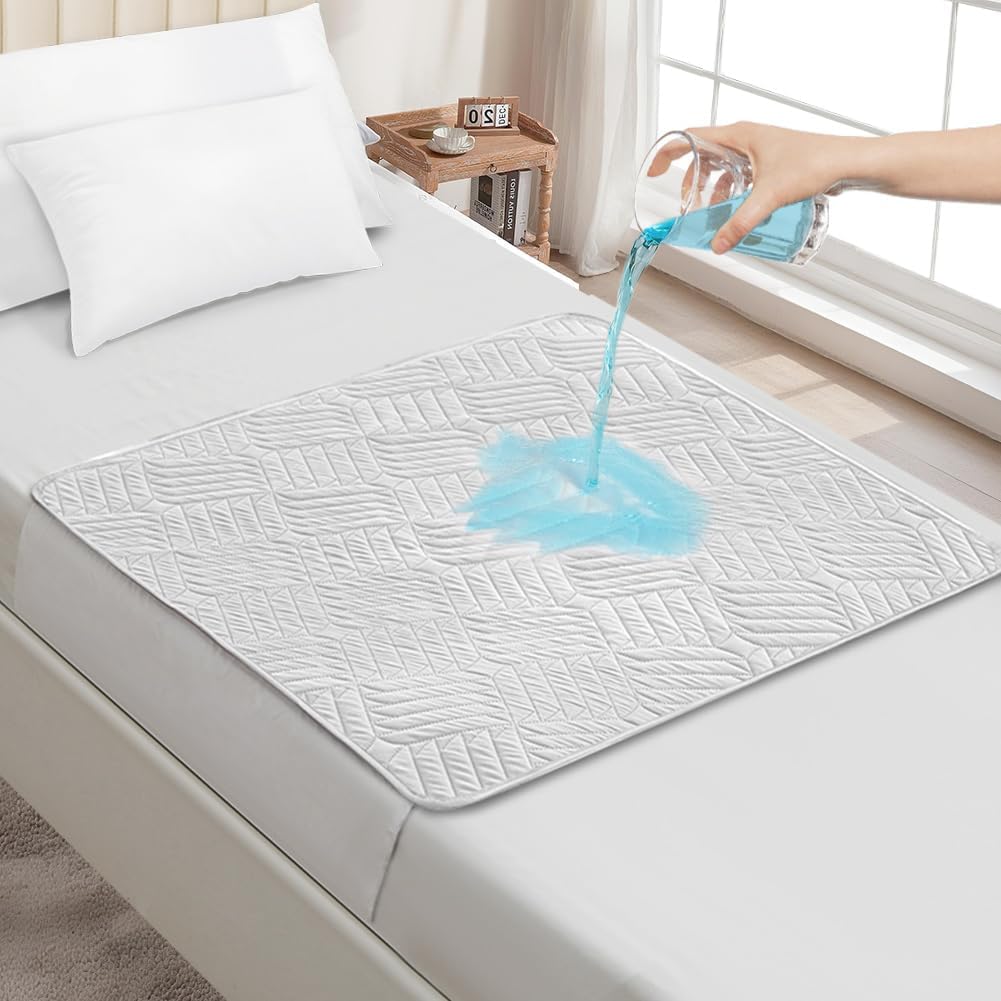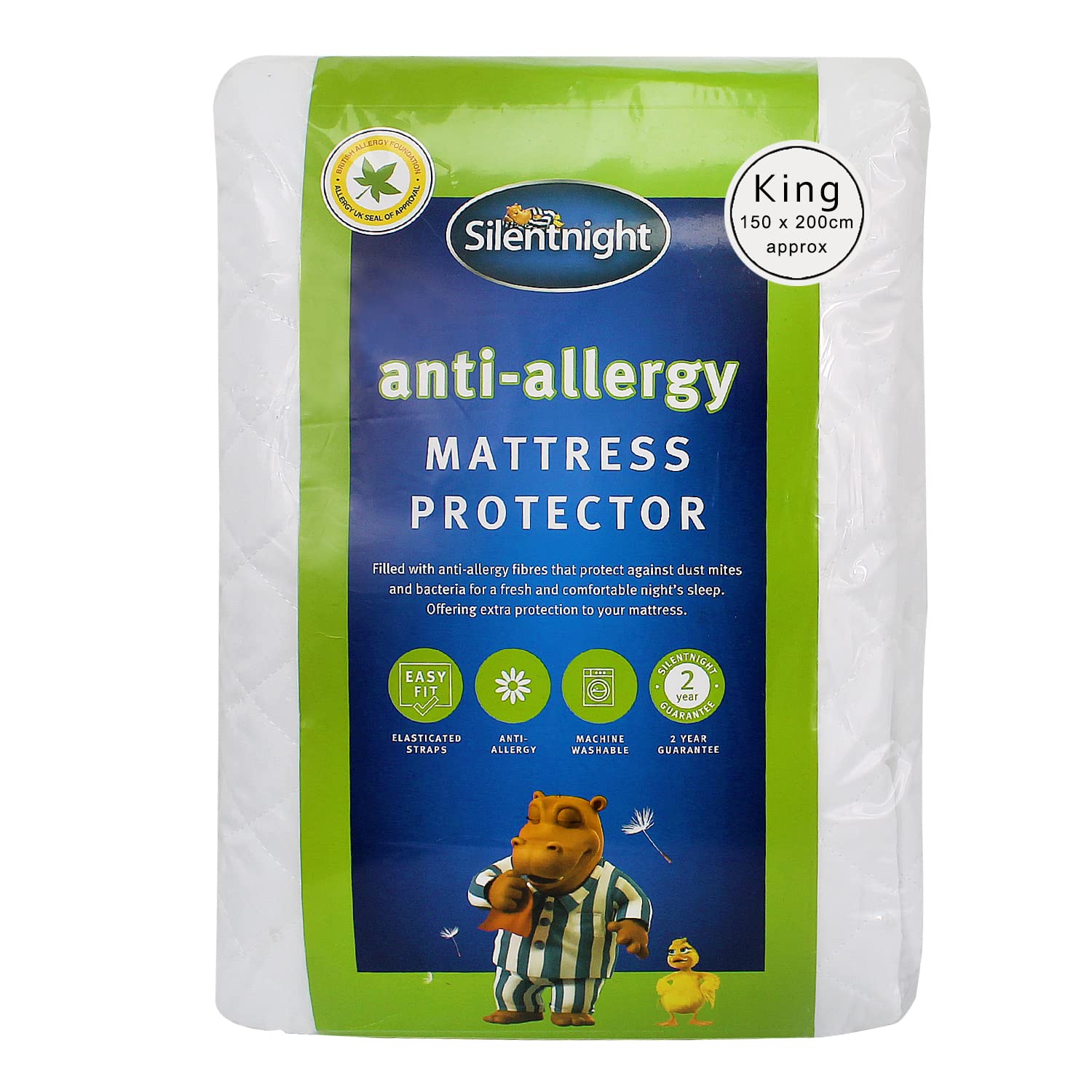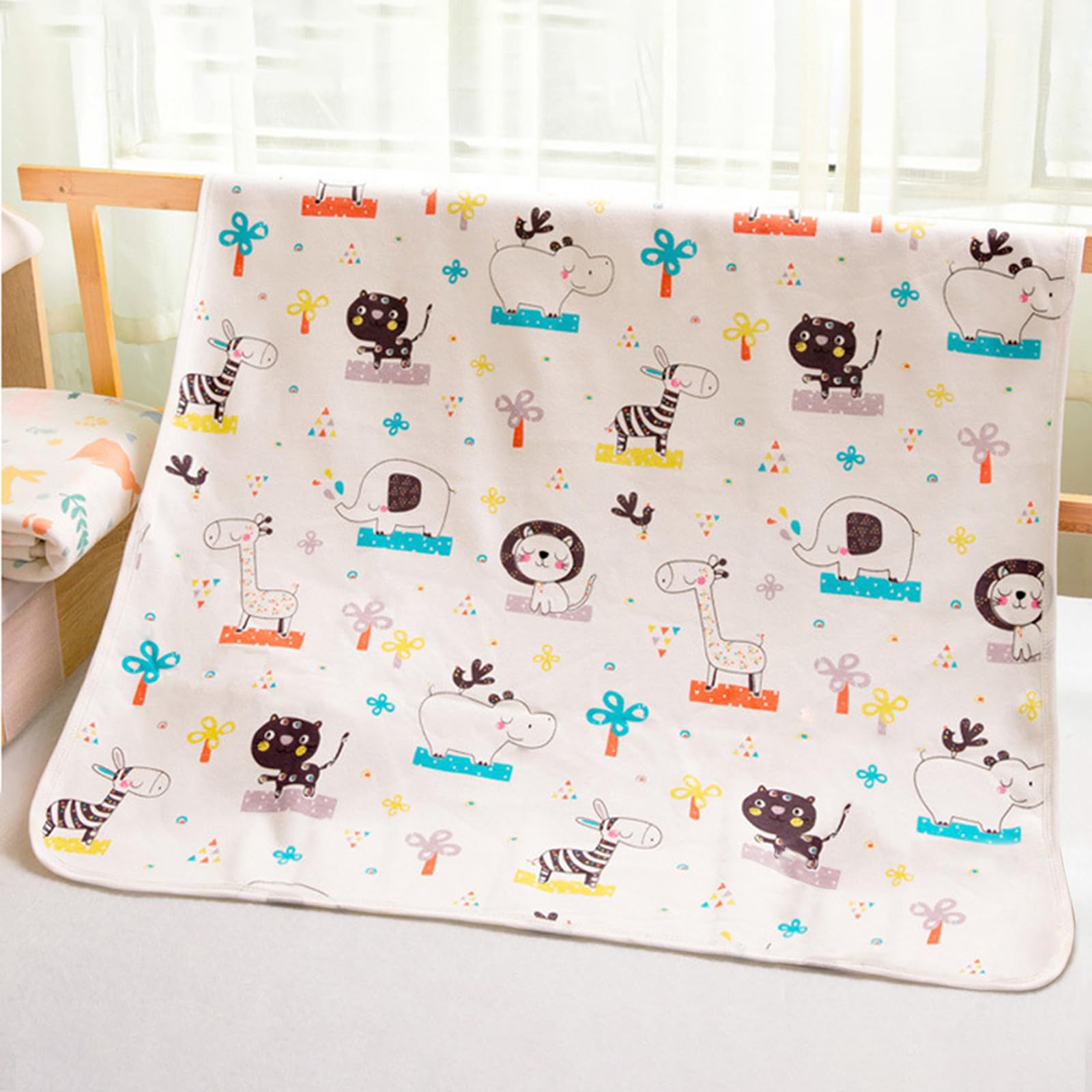Allergy friendly mattress protectors promise fewer symptoms by blocking dust mites and allergens. Some work well when used correctly. Others rely on vague claims. This guide explains how barrier fabrics reduce exposure, which features matter, and how to combine a protector with simple bedroom habits so you actually notice a difference in morning comfort.
Hygiene and quiet fit depend on mattress protectors that breathe.
Allergens in mattresses
Mattresses collect skin flakes, hair, and moisture over time. Dust mites feed on skin flakes and thrive in warm, humid environments. Their droppings can trigger allergies and asthma. A barrier between you and the mattress reduces the transfer of skin flakes into the mattress and reduces contact with dust already inside. The result is not instant, but consistent use can lower exposure.
Barrier fabrics and pore sizes
Look for protectors that specify pore size or list independently tested barrier claims. Fabrics with very small pores or tightly woven microfibres reduce the passage of allergens. Full encasements with zips block more than fitted styles because they wrap the whole mattress. To be effective, the zip should have a small tooth size and a cover flap to reduce gaps. If a product makes broad claims without details, treat it cautiously.
Breathability and comfort
Barrier fabrics can be warmer than plain sheets. Choose designs that balance pore size with airflow, and pair them with breathable cotton sheets to keep the bed comfortable. If the bed runs warm, a lighter duvet tog and a looser knit fitted sheet will help you sleep comfortably while still getting allergy benefits.
Pillow protectors matter as much as the mattress
Allergens near your face have the biggest impact. Pillow protectors with barrier fabrics reduce symptoms for many people more than mattress protectors alone. Use both for best results. Wash pillow protectors every couple of weeks and mattress protectors monthly. Hot washes and thorough drying reduce allergen load and keep fabrics feeling fresh.
When to replace tired bedding
An old, sagging mattress or a clumped pillow can harbour allergens and feel uncomfortable. If symptoms persist despite protectors and regular washing, consider replacing the worst offender. A new pillow with a breathable protector and a washable cover often delivers a quick improvement because it sits closest to your nose and mouth.
We highlight encasements and soft knit protectors that balance barrier performance and comfort in our guide to mattress protectors for allergy control. For better neck support and clean sleep, see our guide to pillows that suit your sleep position and pair with a breathable pillow protector.
FAQs
Do anti allergy protectors really work?
They reduce exposure when they use barrier fabrics with small pore sizes and when you wash them regularly. Results are better when combined with pillow protectors and regular hot washes.
What is better: fitted protector or full encasement?
Encasements block more because they wrap the whole mattress. They can feel warmer, so pick breathable sheets and consider encasing pillows as well.
How often should I wash anti allergy protectors?
Wash pillow protectors every one to two weeks and the mattress protector monthly. Use a hot wash if the fabric allows and dry fully.
